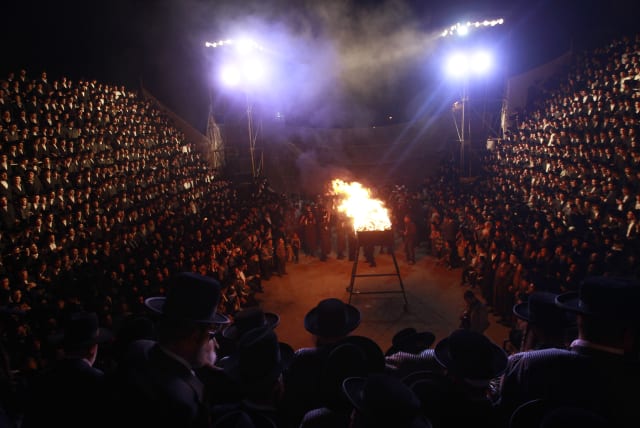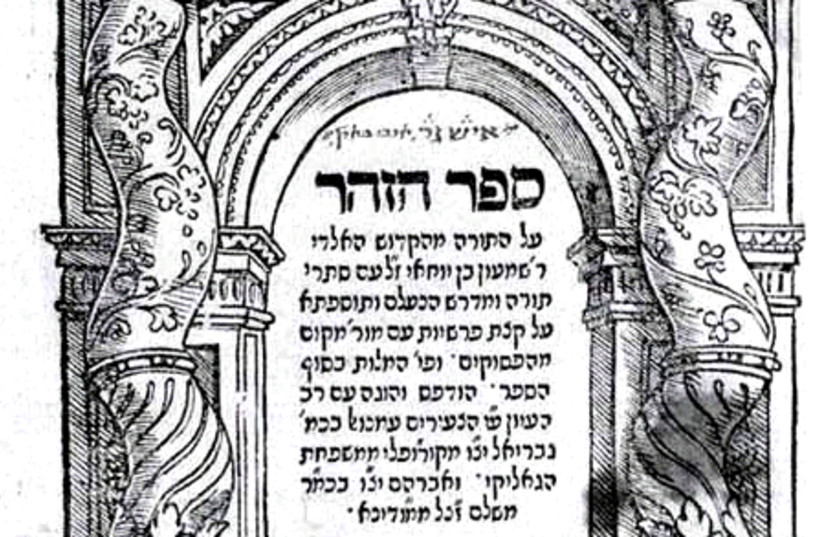'The Kabbalah of Writing': Redeeming life through writing - review

Although it may seem unnecessary, or artificial, to use concepts from the Kabbalah to teach writers, for Mandell it provides the essential connection between the writer and God.
Sherri Mandell is one of the finest writers of our generation. Her new book is a wonderful combination of practical advice, tools, and exercises to assist writers by giving them her personal, intimate insights into the writing process. She also adds something unique: “By studying the sefirot – profound and essential avenues of God’s expression – we touch the processes that are at the heart of all creation.” In other words, writing can be a spiritual process that is revealed in Kabbalah, ancient Jewish mysticism.
As she explains, writing is not only a way of self-inquiry, self-discovery and self-healing, it is a way of revealing “to the world through our writing, shining sparks of divinity, ideas and images and insights, Divine inspiration.” In this way, writers can, through the creative process, transform the pain of tragedy and grieving into a blessing. This gives meaning to suffering – something which Mandell experienced when she wrote about the murder of her son, Koby, in her magnificent book Blessings of a Broken Heart.
“By translating our experience into a story, we give our pain a form, attempting to tame the traumatic experience. Even if that control is illusory, we find coherence in the chaos.” And, ultimately, we find ourselves. “I wrote in the hope of somehow keeping my son alive, but also because I needed a place to put my suffering,” she lamented.
Although it may seem unnecessary, or artificial, to use concepts from the Kabbalah to teach writers, for Mandell it provides the essential connection between the writer and God. While these concepts are important for writers, the process is highly intuitive, a leap of faith, especially in oneself, and are the reasons for what we write and why.
Modern interpretation and application of Kabbalah and the sefirot
Kabbalah, according to scholars, is a product of the 12th century and was written down by Rabbi Moshe de Leon in the 13th century. Many believe that it is based on the Zohar, the first book of Jewish mysticism that was written in the 2nd century by Rabbi Shimon bar Yochai. The Zohar discusses the nature of God and the cosmos, the creation of the world, and the nature of good and evil. It is based on earlier texts from the First Temple period, and even before, in the Psalms of David. Some believe that the authorship goes back to Moses.

MANDELL SEEKS to integrate the 10 sefirot – the attributes of God – as a guide for writers by giving them a modern interpretation and relevance. Keter (crown) is will/desire, the passion to write; chochma (wisdom) is inspiration; bina (knowledge) is comprehension/exploration; hessed (kindness) is generosity/compassion; gevurah (strength) is boundaries/judgment/discernment/discretion; tiferet(beauty) is harmony/balance; netzach (eternity) is endurance/assertion; hod (glory) is surrender/humility; yesod (foundation) is recreating/seeing things anew; malchut (kingship) is rulership/taking control representing Shekhina, God’s presence in the world.
Trained as a pastoral counselor, Mandell runs workshops for bereaved mothers and others as well, where, using the sefirot as references, she guides people in the redemptive process of writing. Her book is an invitation to experience her workshops and to share one’s inner struggle and the thrill of creativity.
“We have,“ she writes, “the possibility of re-creating ourselves, seeing things anew, writing texts that lead us toward a deeper, more profound bond with the world. Acting in the world as God’s creative partner.
“Some people find it hard to create something new because they resist chaos and uncertainty and reach conclusions too quickly, seeking control. They rush toward what they already know. But every act of true creativity demands that we dwell in mystery.”
Living that mystery is, perhaps, the best definition of what it means to be a writer – the struggle to explore emptiness, one’s vulnerability, loneliness, and confusion, the attempt to make sense out of what’s inside, to free ourselves to discover, and, not only to affirm who we are, but why. “I will never release the sorrow of my son’s murder,” Mandell writes so poignantly, “but writing has helped me live with it.”
And through her work, she has helped her readers to cope with the ongoing terrorism that we face. That is what she calls “the magic of living.” It is what makes life, with its sadness and disappointments, worth living.
“Writing can be a means for us to transcend the boundaries of our life so that we forgive, reimagine, and even reconstitute ourselves. In this way, a memoir isn’t just about the past. It’s also about the future.”
By sharing her experiences, she has illuminated a path of healing, of love, and blessings. ■
Moshe Dann’s book of short stories, As Far As the Eye Can See, was published by the New English Review; his essays, articles, and poetry have been published in journals, magazines, and his op-eds appear in the print and online media.
The Kaballah of WritingBy Sherri MandellInner Traditions160 pages; $18.99
